When talk of Southeast Asia’s ancient wonders arises, landmarks such as Cambodia’s Angkor Wat and Indonesia’s Borobudur often take centre stage. Their monumental architecture and spiritual legacies continue to captivate the global imagination. Yet nestled in the quiet landscape of Kedah lies Lembah Bujang—an ancient Malaysian marvel whose historical depth and cultural significance remain vastly underappreciated.
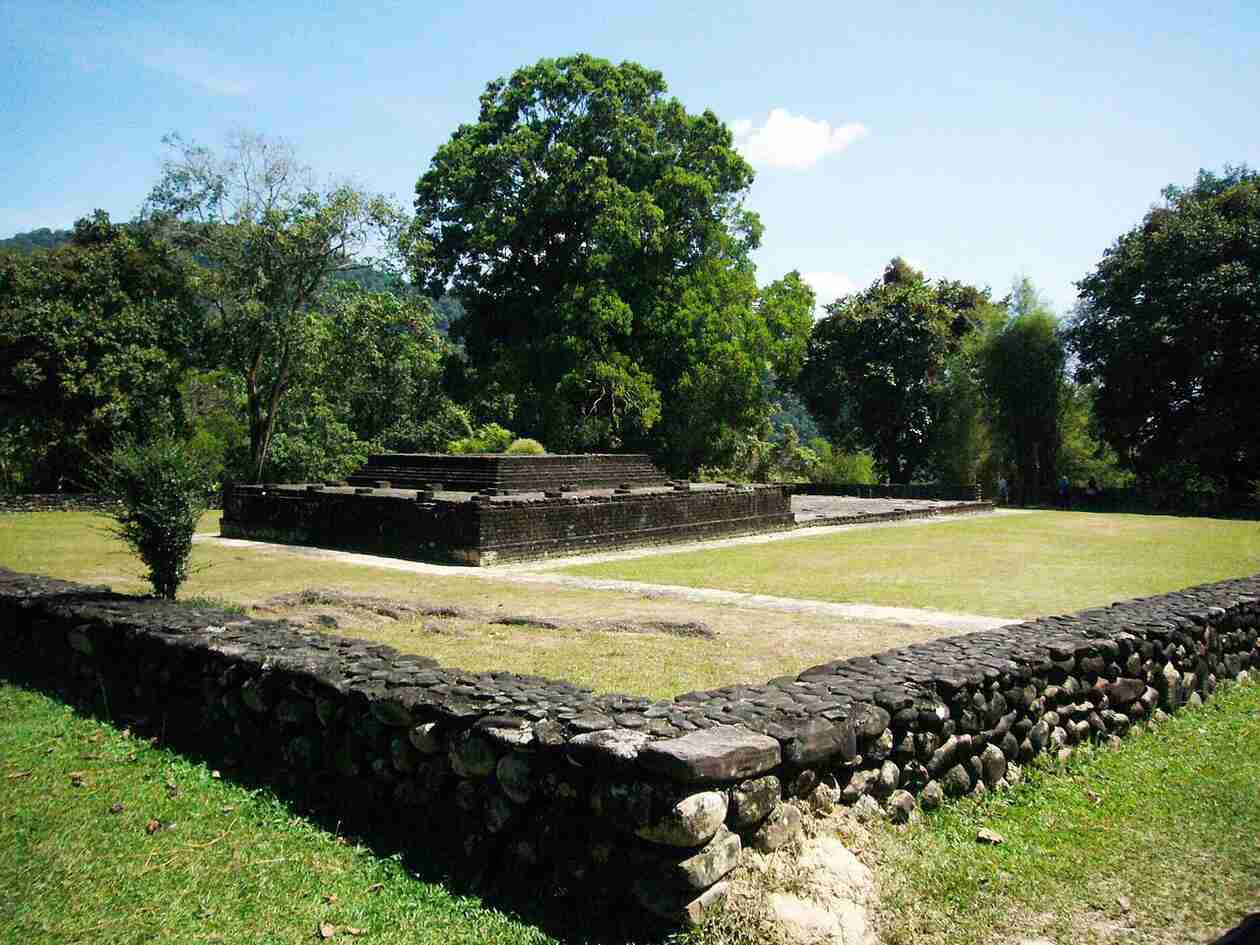
An ancient crossroads of trade and faith
Spanning approximately 224 square kilometres across Merbok, Sungai Petani, and Yan, the Bujang Valley once stood as a vibrant entrepôt. Positioned strategically at the mouth of Sungai Merbok, it was a magnet for traders from India, China, and the Middle East. These interactions fuelled a flourishing exchange of ideas, faiths, and goods, cultivating a civilisation that thrived more than 2,000 years ago.
Archaeological excavations have uncovered more than 50 temple ruins—referred to as candi—many of which date as far back as the 3rd century CE. These structures bear the hallmarks of Hindu-Buddhist influence, offering compelling evidence of a sophisticated society predating the better-known Malacca Sultanate by several centuries. The valley’s extensive religious and economic footprint positions it as one of the oldest civilisations in Southeast Asia, yet its recognition remains limited.
Rediscovering a hidden civilisation
The modern resurgence of interest in Bujang Valley can be largely attributed to the meticulous work of archaeologists from Universiti Sains Malaysia’s Centre for Global Archaeological Research (CGAR). Led by Professor Dr. Mokhtar Saidin and Associate Professor Dr. Nasha Rodziadi Khaw, the team has transformed the Sungai Batu Archaeological Complex (SBAC) into a focal point for groundbreaking research.
Their findings date as far back as the 6th century BCE, making the site possibly older than Angkor or Borobudur. Discoveries include iron-smelting sites, river jetties, port facilities, and ceremonial structures—each layer revealing a narrative of early urban planning, international commerce, and spiritual life. Together, these remnants sketch a portrait of a highly developed, organised civilisation whose achievements have yet to be fully acknowledged in the broader annals of Southeast Asian history.
A fragile heritage under threat
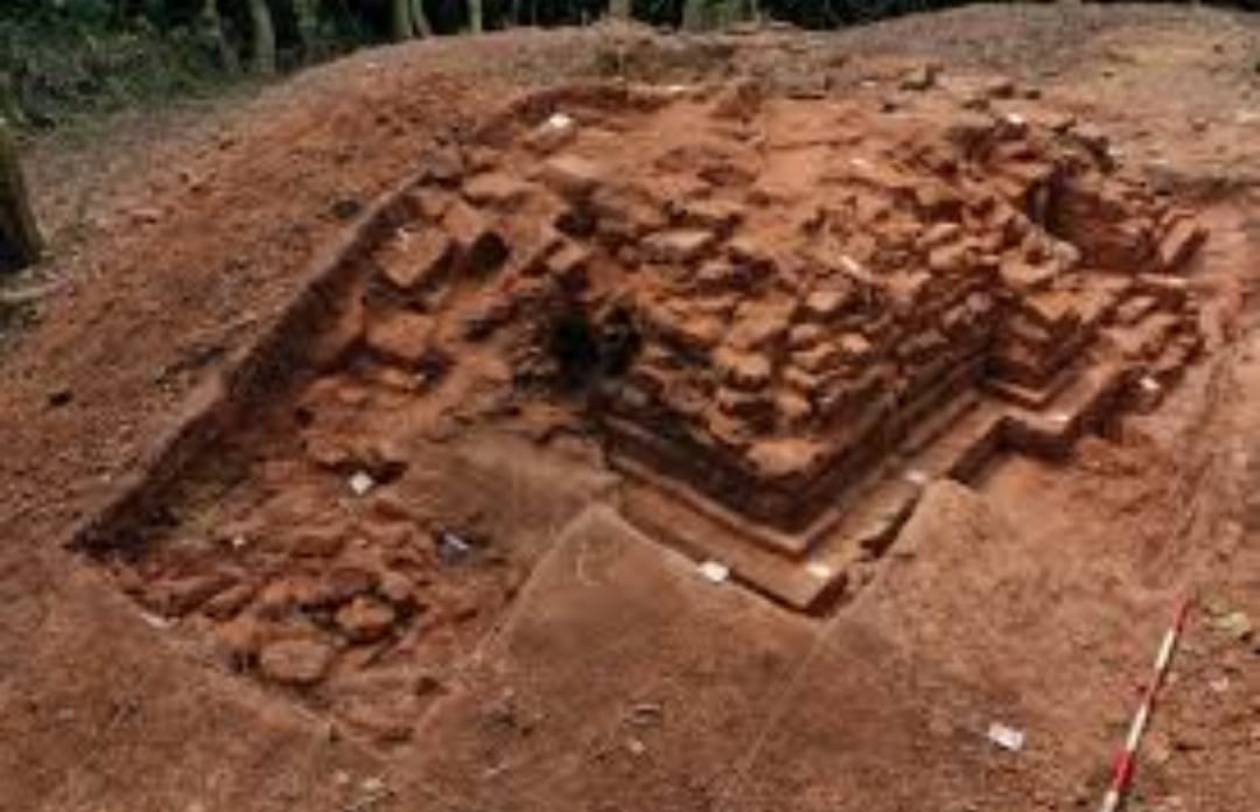
Despite its historic importance, Bujang Valley remains vulnerable. The 2013 demolition of Candi 11 by a private developer served as a wake-up call, highlighting the fragile state of Malaysia’s ancient heritage. The destruction of this significant site not only caused public outrage but also cast a spotlight on the lack of robust institutional protections for archaeological landmarks.
Efforts to reinterpret the findings to suit modern narratives pose an additional threat. While not overtly confrontational, these subtle shifts in interpretation risk eroding the complex and multicultural truths embedded in Bujang Valley’s legacy. Without decisive action and sustained public discourse, the site faces the dual dangers of neglect and misrepresentation.
Cultivating awareness
Recent years have seen a heartening rise in public interest. Schools, universities, and interfaith groups have begun organising educational visits to the valley. These excursions often include guided tours, conversations with researchers, and moments of reflection at excavation sites—encouraging a deeper appreciation of Malaysia’s diverse heritage among younger generations.
The Lembah Bujang Archaeological Museum, under the Department of Museums Malaysia, has become a critical touchpoint for public learning. Through exhibitions and curated experiences, it bridges ancient history with contemporary relevance. Meanwhile, CGAR continues to champion community involvement, offering workshops and excavation programmes that allow ordinary Malaysians to engage directly with their ancestral past.
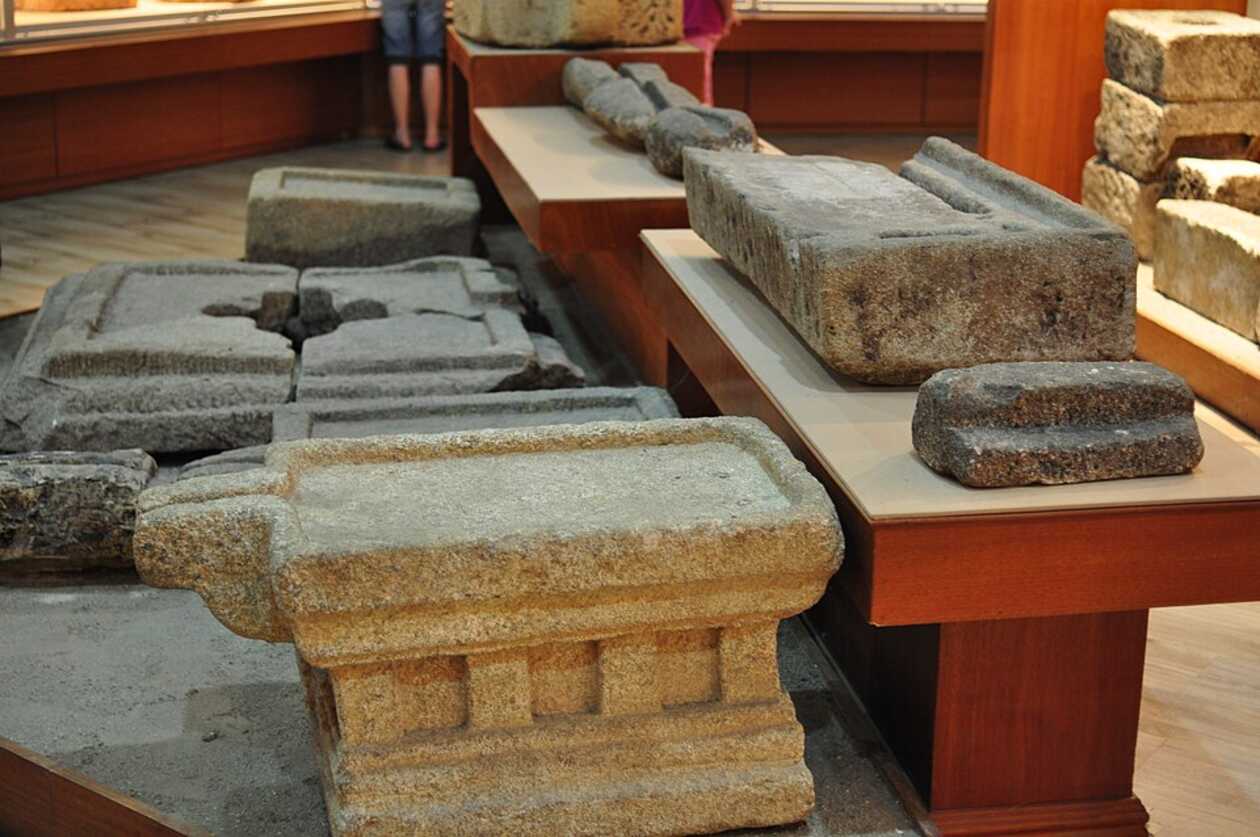
A legacy waiting to be uncovered
Remarkably, researchers believe that only about 10% of the Bujang Valley has been excavated. The remaining 90% still lies buried beneath earth and vegetation, waiting to rewrite the story of Malaysia’s origins. As the country navigates its multicultural identity in a modern world, embracing the full breadth of this ancient legacy could offer powerful insights into its shared roots.
Bujang Valley is more than an archaeological site—it is a testament to Malaysia’s longstanding role in the global story of civilisation. Recognising its value is not just about preserving the past; it’s about understanding who we are and honouring the diverse tapestry from which we come.


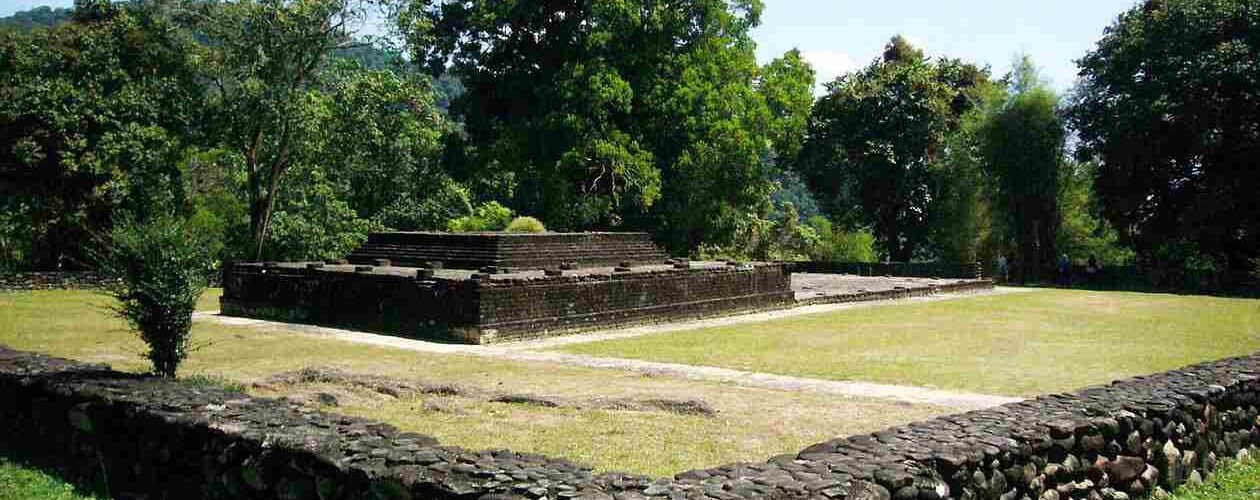
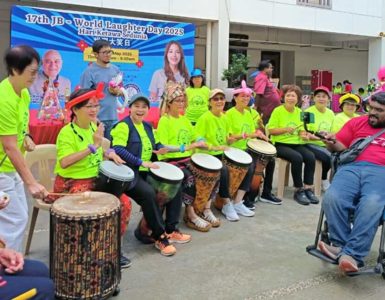




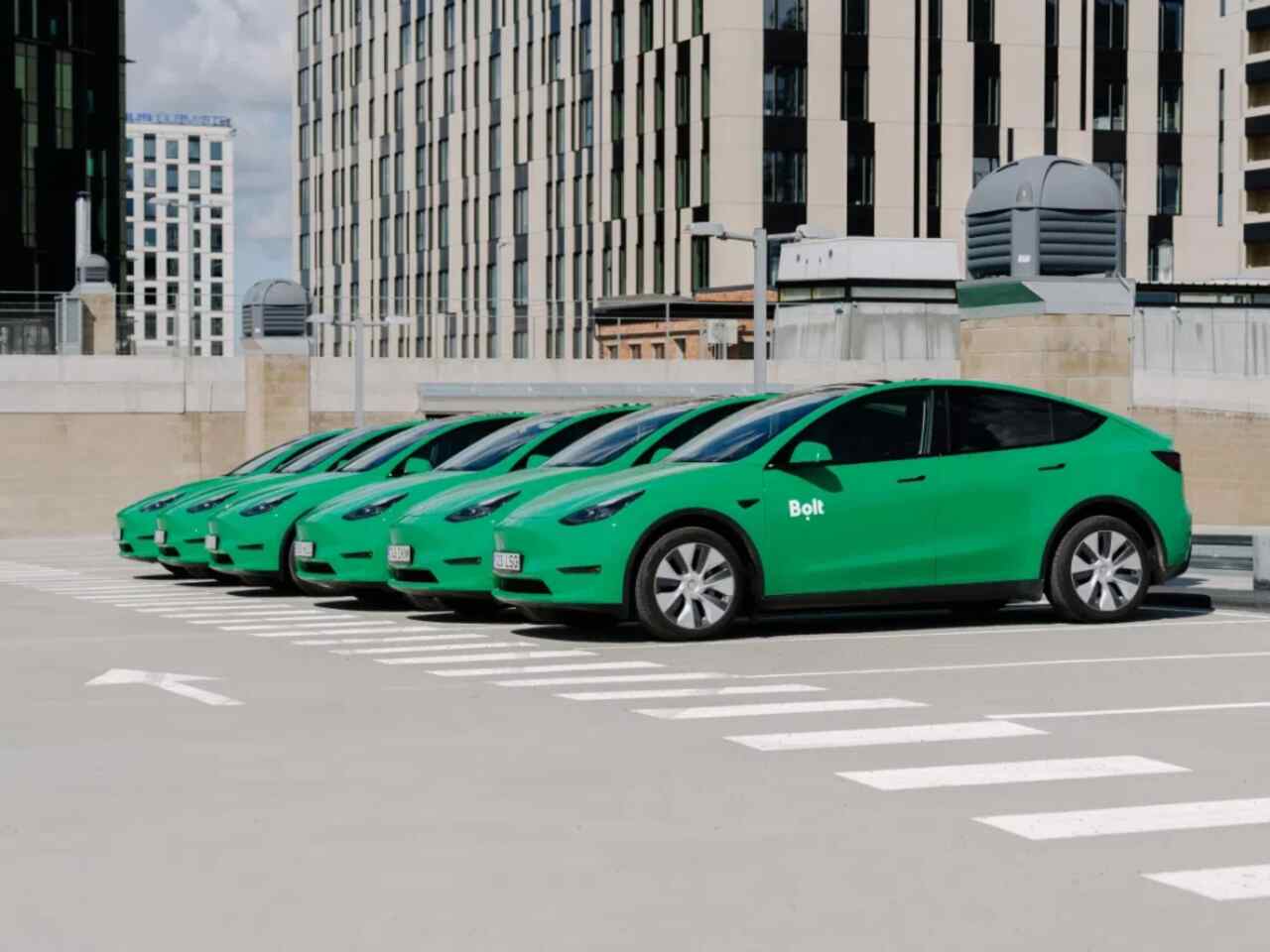
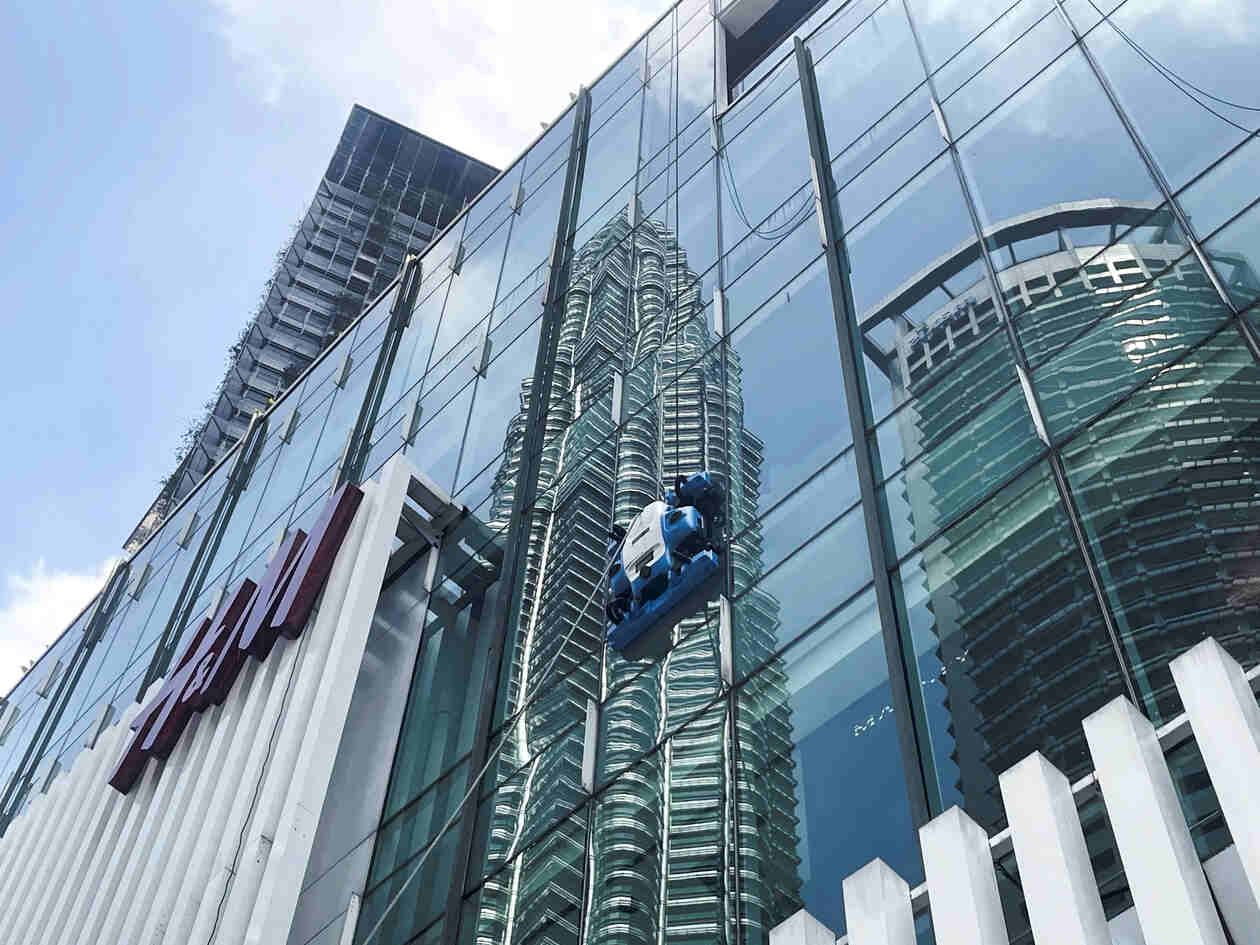

Add comment